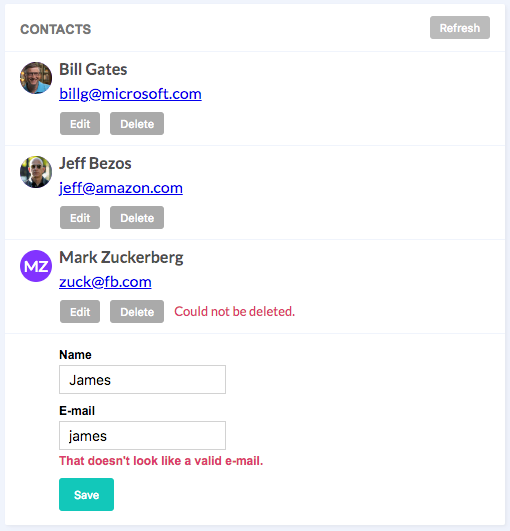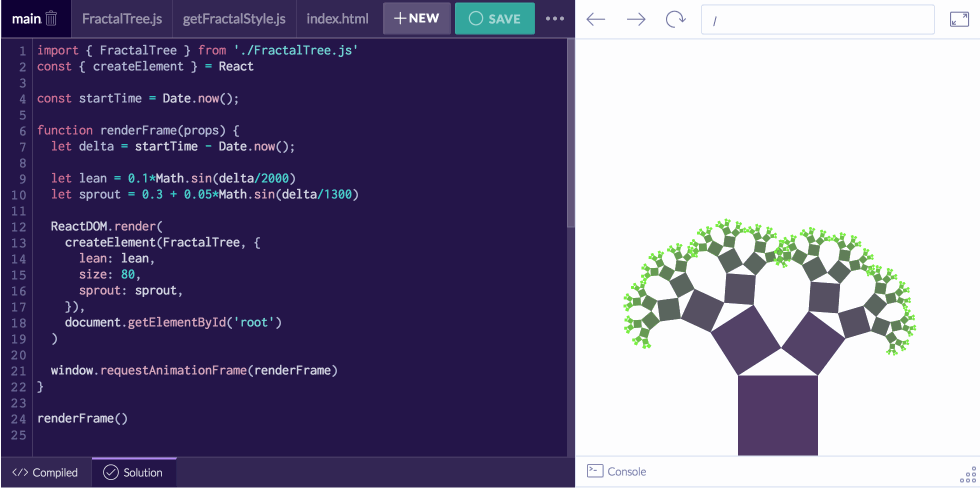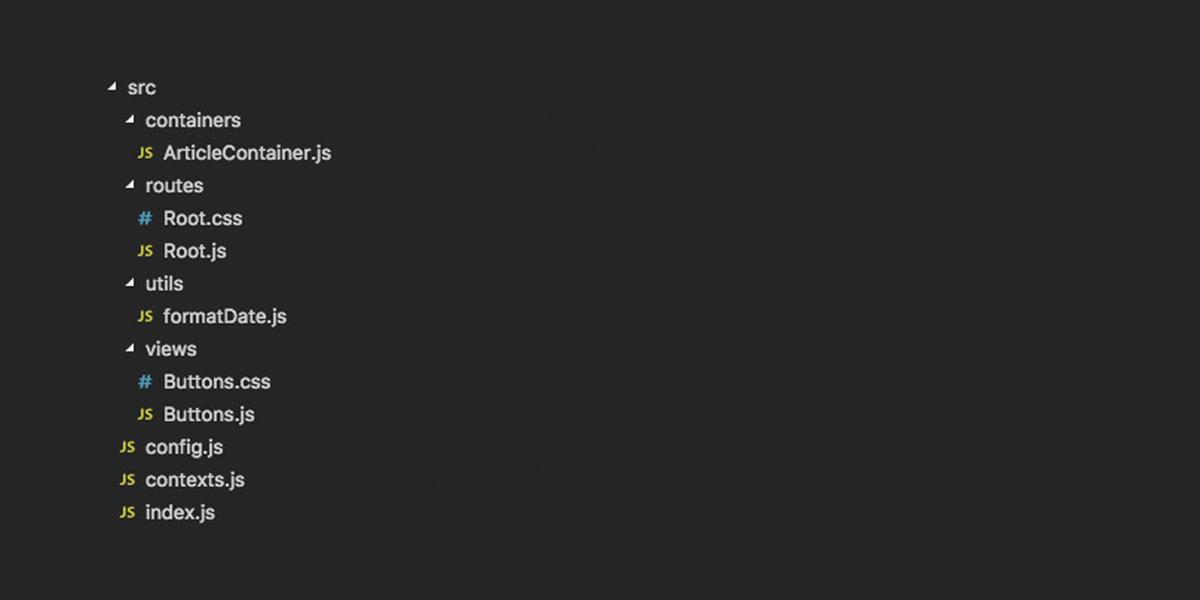According to Twitter’s data on me, I signed up sometime in 2010. And for the first 4 or 5 years, I barely posted at all. I never really understood Twitter. What interest could people find in 140 characters anyway?
When I started this blog though, I wanted to share what I’d created. Twitter was a way of doing that. I’d written about things that I thought might be helpful, and I had a Twitter account, so why not try tweeting about them? And surprisingly, it worked. Even though I had no followers, if I tagged something as #javascript or #reactjs, I’d get a few stars. It was a nice feeling.
Fast forward to 2020. I now have 6700 followers and change — partly because I helped people learn a new and useful tool, and partly because some people who won the fame lottery spread the word about this blog. It took a combination of luck and hard work. I’d say it was more luck than hard work, but as far as I can tell, that’s how life seems to go.
Here’s the thing though. At first, Twitter was a way of sharing what I’d created despite Twitter. It was a means to an end. But as time passes, Twitter becomes the end. It starts to fuck with your head.
Joseph Gordon-Levitt puts it better than I ever could in this amazing TED talk which you should watch three times and then watch again:
I’d be sitting there like, reading a script. And instead of thinking, k, how can I personally identify with this character, or, how is the audience going to relate to this story, I’m like, what are people gonna say about this movie on Twitter and what will I say back that will be good and snarky enough to get a lot of retweets but not too harsh because people love to get offended and I don’t want to get cancelled…
For me, the biggest effect that Twitter had was that I started to censor myself out of fear that bigger fish would stop retweeting me. I stopped calling out patterns that I didn’t think were helpful; important people liked those patterns. I stopped teaching people ideas I found helpful when I knew important people didn’t agree with them; I didn’t want to be called out and made to look like a fool. Sometimes, ignorance really is bliss.
There’s more though. Where once upon a time, I would have posted a quick-and-dirty blog post upon learning a new thing, I started tweeting instead. It was easier, and gave me more immediate validation — only to get lost in the ether within a day or two. I stopped posting content to this blog, and instead started working for Twitter for free, creating content that helps them to capture the attention of others… which they’d then sell to the highest bidder.
The follower count makes everybody feel terrible about themselves. That feeling of inadequacy is what drives you to post so you can get more attention and that attention that you get is what these companies sell.
But the worst part? I started to let the politics of Twitter get to me. Last year, I let attacks against a certain subset of the community rile me up, despite those attacks being 100% unrelated to technology. The outrage I felt caused me to lash out at people I care about in the real world, in large part because of my attachment to imaginary internet points.
I’ll say it again — Twitter fucks with your head.
I’ve been unhappy with Twitter for a while, but watching Joseph Gordon-Levitt’s TED talk made me realize that I’m not alone. Hell, if someone with over 4 million followers feels this way, there’s absolutely no hope for the rest of us.
But actually, there is hope. You see, the wonder of the internet (at least as of May 2020) is that anyone can publish anything. I don’t need a Twitter account to get my message out. The fact that you’re reading this shitty WordPress-based blog is proof of that. (Seriously though, I love you WordPress ❤️)
Sure, deactivating my Twitter account means that there are some people who won’t hear what I have to say. But the thing is, letting Twitter live in my head rent-free means it’s less likely that I’ll have anything worth saying in the first place. So farewell for now, Twitter.
One of these days, I hope to launch a social network that isn’t structured to encourage outrage. But until then, I’ll be writing here and at Frontend Armory, and you can always get in touch by sending me an email at james@jamesknelson.com.
See you round!
P.s. I just removed the social media share buttons from this website. So if you liked this post, instead of sharing it on social media, could you share it via message or email with the people who you know that you think would benefit from it? It’d make my day 🙂


